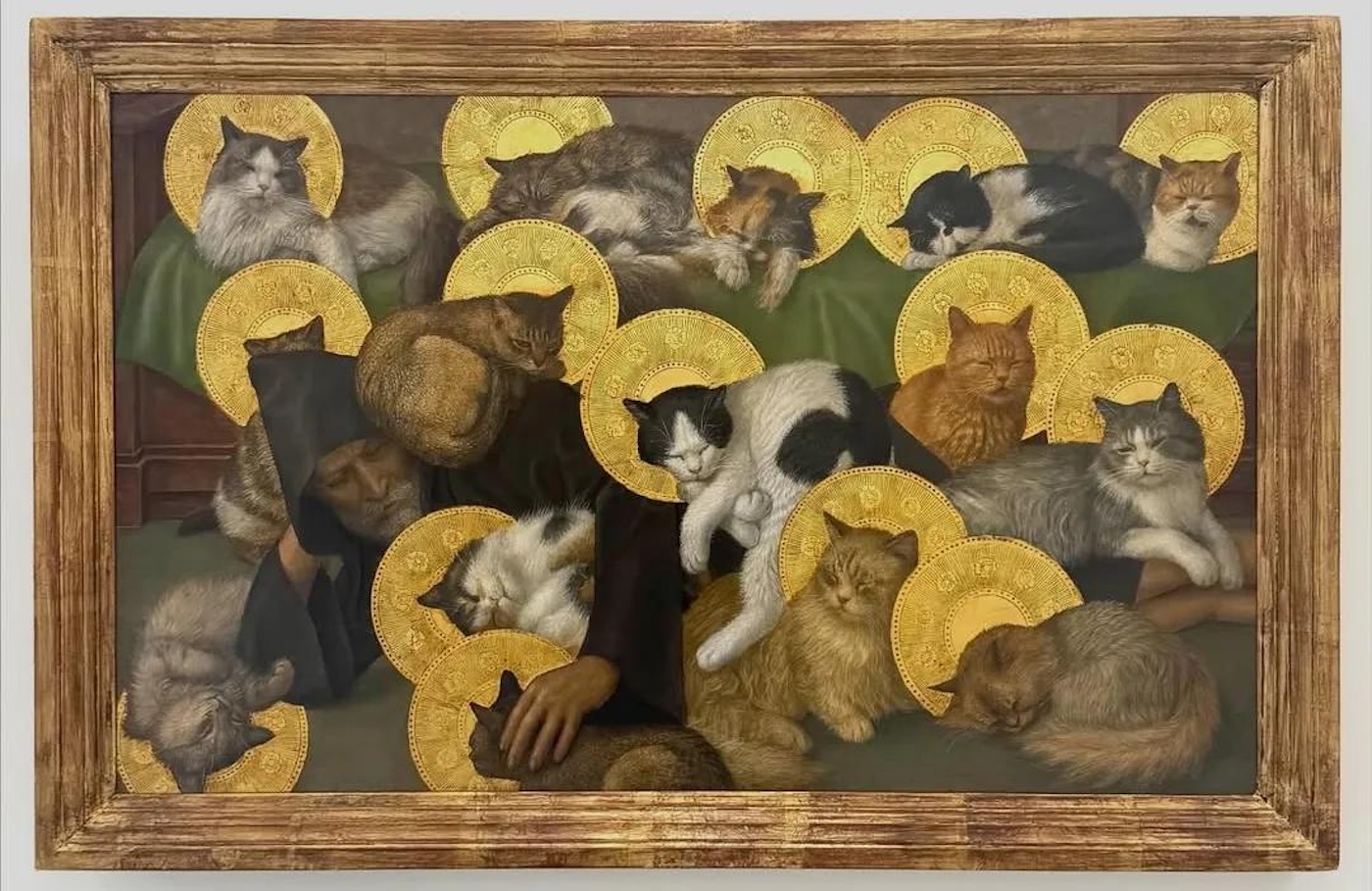
"The image of a remarkable woman striking out alone in the desert ticks the boxes of a great American story. But the myth erases the peoples of Abiquiú, who tolerated her presence and whom she employed to maintain her home and property, allowing her to focus on her art. She could not have become an icon without them. Though her relationships with Abiquiú residents were sometimes strained by her lack of cultural understanding, there was mutual respect,"
"While Macken's model is in many ways similar to the Queens Museum's famous "Panorama" (Macken visited the scale model while growing up in Middle Village, Queens and said it significantly inspired his work), Sherman hesitates to compare the two. The "Panorama" displays an institutional view of New York, while Joe's model is personal: "It's his view from Middle Village, looking towards Manhattan. It's his hand, it's his technique, it carries so much of his own personality," she explained."
Georgia O'Keeffe's New Mexico prominence relied on the people of Abiquiú, who tolerated her presence, maintained her home, and enabled her artistic focus. She employed local residents, contributed financially to organisations and individuals, and navigated sometimes strained relations stemming from cultural misunderstandings while mutual respect persisted. O'Keeffe acknowledged a sense of outsidership even after many years in the region. Joe Macken's meticulous scale model of New York draws inspiration from the Queens Museum's Panorama but offers a personal Middle Village–rooted viewpoint that emphasizes individual technique and perspective and will be displayed at the Museum of the City of New York.
Read at Hyperallergic
Unable to calculate read time
Collection
[
|
...
]